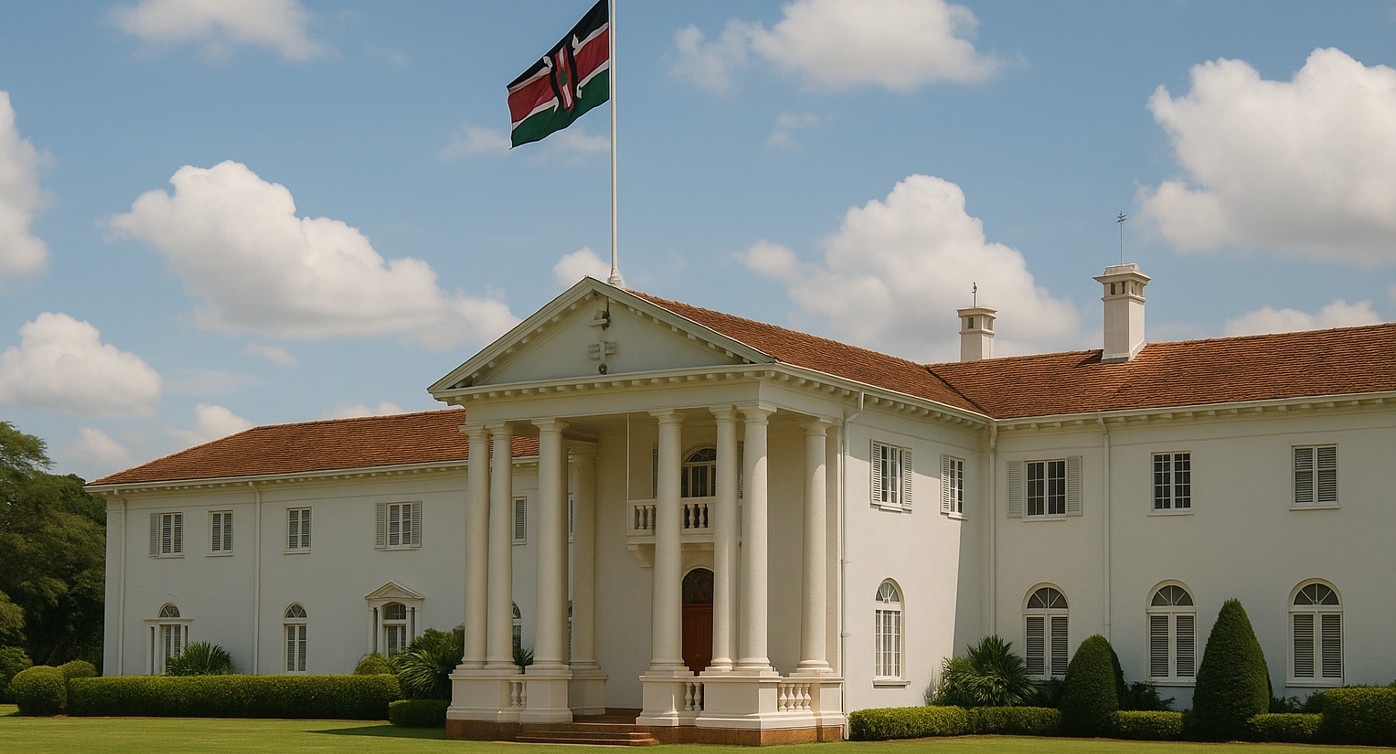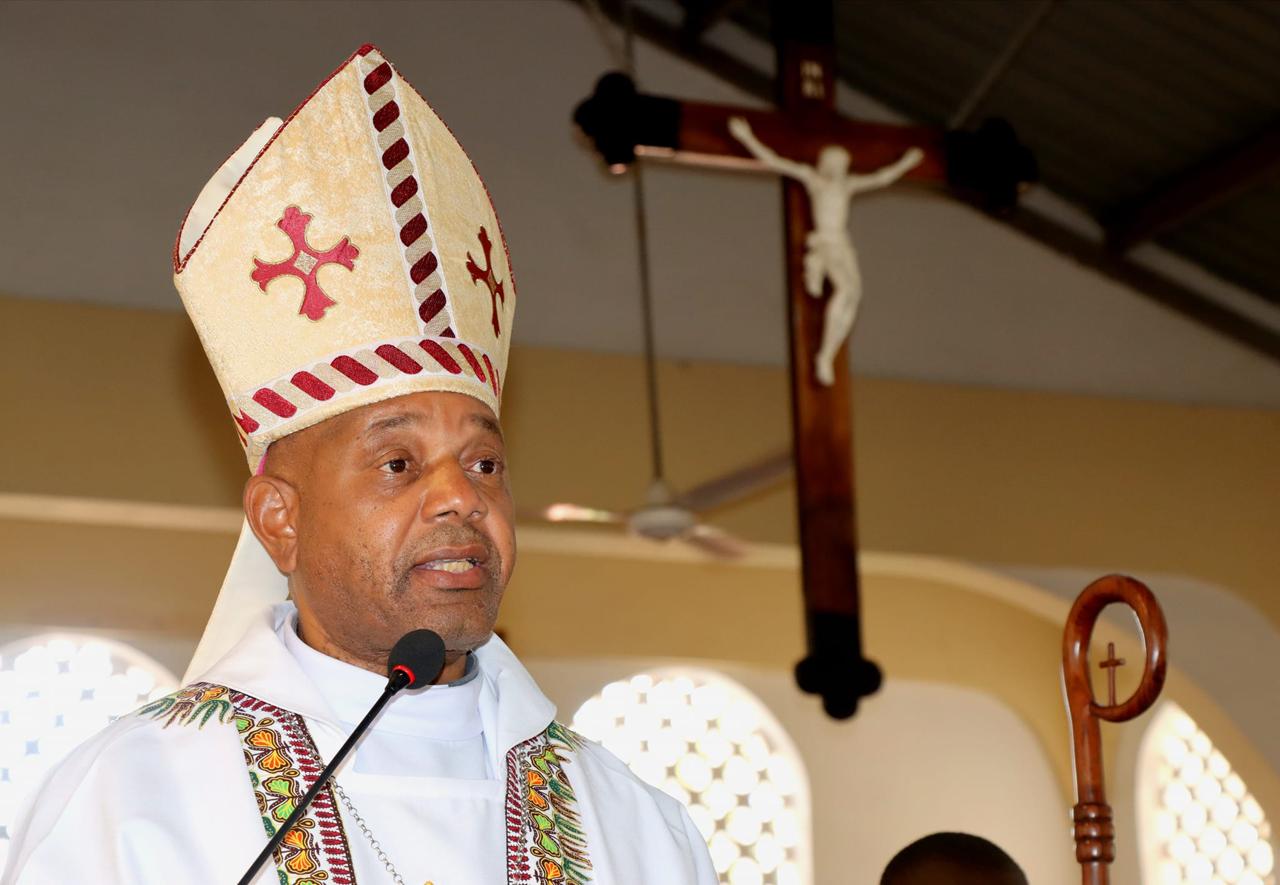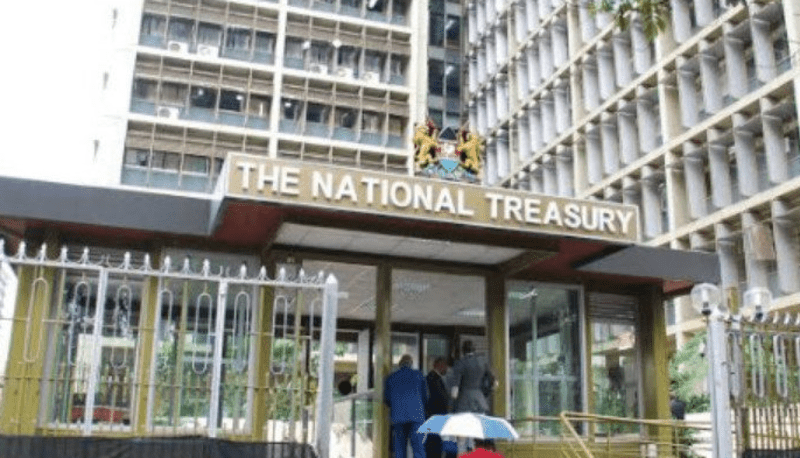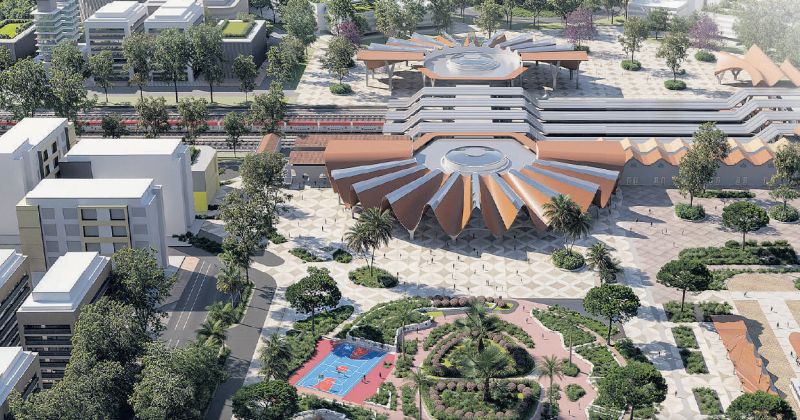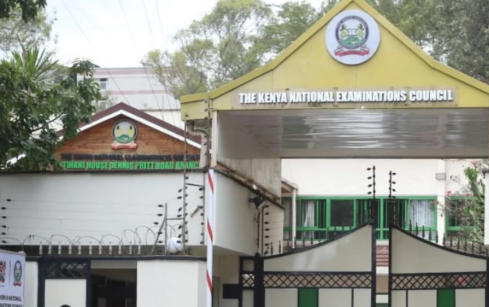Senate slashes county executive spending by Sh10.34 billion
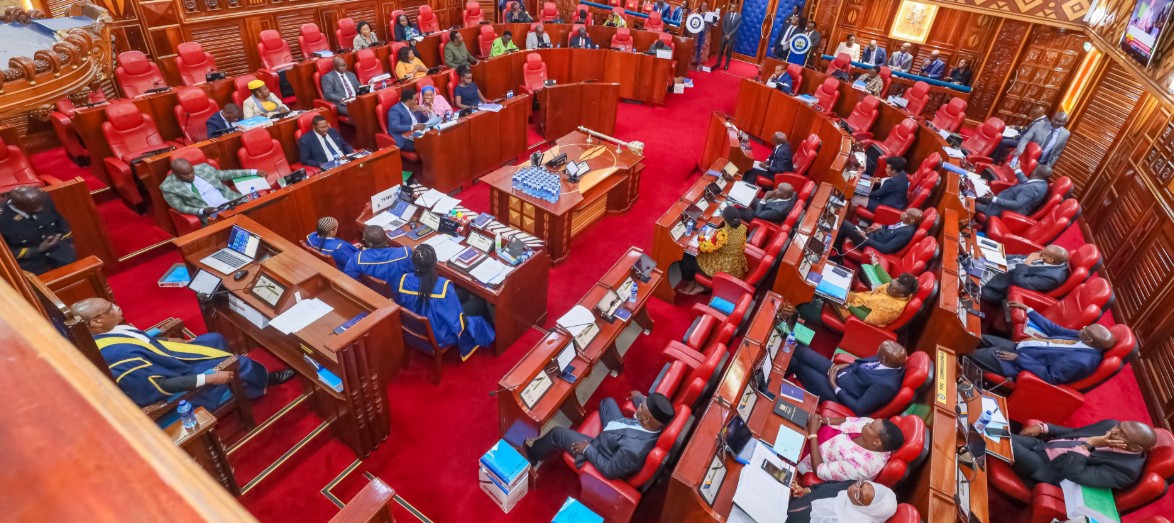
County bosses have pushed back, saying the cost of running county operations has gone up due to inflation, high fuel prices, and other economic pressures.
County governments will have to operate on tighter budgets after the Senate made a decisive move to reduce the recurrent expenditure ceilings for county executives by Sh10.34 billion in the 2025/26 financial year.
The new ceilings, which exclude salaries and benefits for public officers, are aimed at cutting back on non-essential spending by governors and senior county officials.
More To Read
- Senators back plan to give municipalities control over their own revenue
- Local authorities fund faces Senate scrutiny over staff ethnic makeup, disability inclusion gaps
- Senate pushes for easier recall of MPs, MCAs in major accountability drive
- Senate orders crackdown on governors, MCAs over use of public funds for self-promotion
- Kiambu MCAs approve Thika's elevation to city status, report heads to Senate
- Counties stare at cash crisis as they head to new financial year without funds
The Senate reduced the ceiling from Sh33.75 billion to Sh23.41 billion, a decision meant to enforce more responsible use of public funds.
The Senators said the reductions target unnecessary expenses that have, in the past, diverted funds from critical development projects.
The move follows consistent criticism of governors for prioritising lavish perks and operational costs over service delivery.
“This move is guided by the Public Finance Management Act, which mandates the Senate to promote fiscal discipline by regulating county spending,” the legislators said.
County bosses have pushed back, saying the cost of running county operations has gone up due to inflation, high fuel prices, and other economic pressures.
They argue that these realities should warrant higher ceilings rather than cuts.
The Senate's action is largely informed by recent reports from Controller of Budget Margaret Nyakang’o, which showed that a large portion of county budgets continues to go to personal emoluments, leaving little for actual development.
Unlike the executives, county assemblies will have more room to spend, with their allocation increasing from Sh36.36 billion to Sh38.25 billion.
Among the counties hardest hit by the new caps are Nairobi, whose executive budget has dropped from Sh924.64 million to Sh775.75 million; Kiambu, reduced from Sh937.94 million to Sh642.09 million; and Kakamega, which now has Sh631.90 million from the previous Sh954.36 million.
Other reductions include Nakuru at Sh622.62 million, down from Sh949.69 million; Migori, reduced to Sh538.50 million from Sh803.30 million; and Machakos, now at Sh540.77 million from Sh817.38 million. Kitui has had its allocation halved to Sh556.90 million from Sh1.03 billion.
Meru’s executive ceiling has been reduced to Sh565.02 million from Sh1.04 billion, while Murang’a now has Sh515.20 million from Sh822.21 million. Other affected counties include Baringo (Sh496.16 million), Bomet (Sh468.73 million), Bungoma (Sh562.05 million), Kisumu (Sh522.10 million), Mombasa (Sh497.26 million), Kajiado (Sh459.20 million), and Mandera (Sh511.94 million).
On the assembly side, Nairobi is still the highest with an allocation of Sh1.56 billion, slightly down from Sh1.59 billion. Nakuru’s assembly budget now stands at Sh949.69 million, reduced from Sh1.12 billion, while Kakamega will work with Sh1.24 billion, a small cut from Sh1.27 billion.
Kiambu’s assembly has seen a rise to Sh1.20 billion from Sh1.12 billion. Kisii is up to Sh1.05 billion from Sh994.07 million, and Meru is now at Sh1.04 billion from Sh1.03 billion.
Other counties with large allocations for assemblies include Narok (Sh878.62 million), Turkana (Sh863.84 million), Wajir (Sh784.44 million), Murang’a (Sh813.71 million), and Migori (Sh936.95 million).
Additional counties with notable assembly budgets are Mandera (Sh917.93 million), Marsabit (Sh741.49 million), Nandi (Sh781.14 million), Machakos (Sh957.19 million), Busia (Sh859.60 million), and Garissa (Sh903.12 million).
The Senate has positioned this latest move as part of a wider effort to ensure counties direct more funds to development priorities instead of overheads.
Top Stories Today

